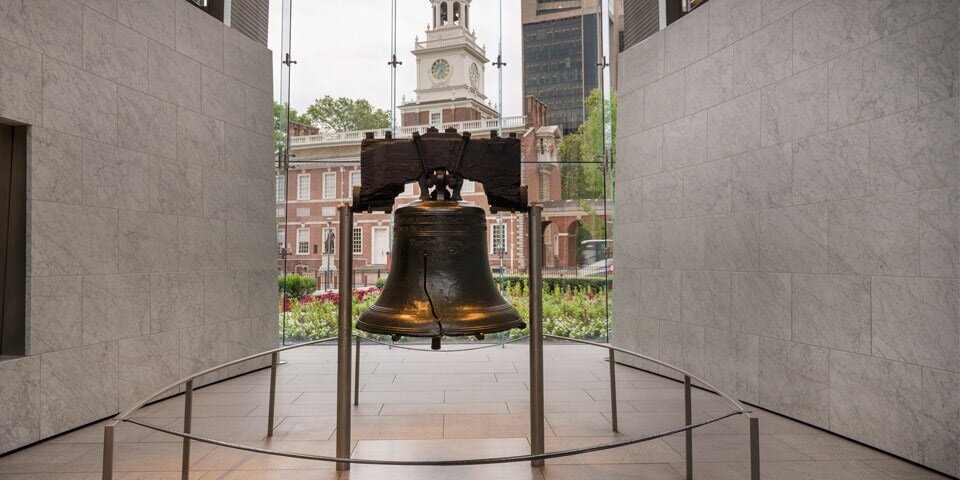History Had Eyes

But Will History Care?
The explosion ripped through the canyons of Wall Street, anchored by Federal Hall, where George Washington had taken his oath of office an eon before. Debris planted in the bomb pummeled the iconic Morgan Bank, where J.P. lorded over the financial might of the United States of America in the modern era.
Thirty-eight people and a horse died 100 years ago this week in what would be labeled the first terrorist attack on U.S. soil. Hundreds more were injured. Despite years of investigation, the FBI was never able to determine whether it was Russian Bolsheviks or Italian anarchists who blew up the horse-drawn carriage that September noon.
The case remains officially unsolved a century later.
Lost in the September detail of the incident is a little-known fact that at the hour of the explosion, $900 million in gold was deposited at the bank.
One of the victims of the brutal attack was the Morgan Bank chief clerk, William Joyce, who was involved in the transaction just behind a plate glass window that was inches from the detonation. Pockmarks from the deadly attack are still evident in the marble facade of the bank to this day.
JP Morgan’s son, Junius, was also wounded but lived. It was believed early in the investigation that JP himself might have been the target of the assassins, but it was quickly determined that JP was on a visit to Great Britain, a fact that, indeed, the attackers would have known.
The depositor of the gold, according to an independent investigator, was the intended target of the bomb, and he almost did die that day except for a few lucky breaks during the noon hour.
The depositor, who was declared dead more than two years before, ultimately disappeared from history again, fleeing from New York City for Eastern Europe.
Were Italian anarchists responsible for the deadly bomb on Wall Street on September 16, 1920?
Or were Russian Bolsheviks the culprit? And, if so, why?




